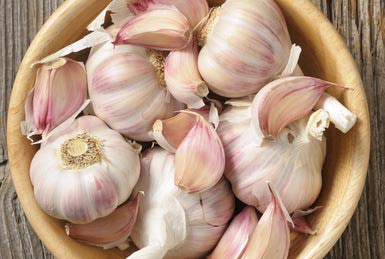
I would like to extend an extremely warm “Thank You” to Zanny Minton Beddoes Editor-in-chief, The Economist for this wonderful article. Shall we read…
Planet Trump – With Donald Trump as America’s 45th president, 2017 will mark the beginning of a new and darker global order, warns Zanny Minton Beddoes
LEADERS
For liberals 2016 has been a grim year. A wave of populist anger has swept through the West, leading Britons to vote for a divorce from the European Union and Americans to elect as their 45th president a property magnate with no previous government experience who ran the most divisive and ugly campaign in modern American history. Within a few short months voters on both sides of the Atlantic delivered a powerful repudiation of their political establishment; shifted the fault lines of Western politics from left v right to open v closed; and voiced a collective roar of disapproval of globalization, now shorthand for a rigged system that benefits only self-serving elite. These are body blows to the liberal world order. Just how serious they are will become clear in 2017.
Most important will be what kind of president Donald Trump turns out to be. Take his words before and during the campaign at face value and the outlook is bleak. Mr. Trump is a long–standing economic nationalist, a man who believes free trade has destroyed America’s economy, who has cast doubt on America’s commitments to its allies, and called for building a wall with Mexico and for restrictions on Muslim immigrants.
Although it seems unlikely that President Trump will try to enact this entire illiberal agenda, some of it will survive. His voters seemed to give Candidate Trump a lot of leeway, less interested in policy detail than the broad thrust of his message. The best outcome once he is in office would be for him to focus on his economic plans minus the protectionism. Big tax cuts coupled with a surge of spending from infrastructure to defense would bust America’s budget in the long term. But in the short run they would inject adrenalin into the economy. This might, just, be enough to keep the protectionism minimal, perhaps limited to a few token anti-dumping tariffs. The result would be a recipe similar to that of Ronald Reagan, a man whom much of the world viewed with alarm when he stormed to victory in 1980.
Even in this best case a Trump presidency would take its toll on the open world order. The Trans-Pacific Partnership (TPP), the biggest trade deal in years, is dead.
Commitments made at the Paris climate-change accord look unlikely to be honored. The Iran nuclear agreement could well wither. And the best case, on closer inspection, seems unlikely. The Gipper was a born optimist who believed in America as the shining city on a hill, Mr. Trump’s appeal is rooted in anger and division. With Republicans in control of both chambers of Congress, his supporters will at a minimum expect barriers to go up, illegal immigrants to be deported and strict conservatives to be appointed to the Supreme Court. America will turn in on itself.
In the wider world, meanwhile, authoritarians will be ascendant, and keen to exploit America’s introversion. In China Xi Jinping, already the most powerful Chinese leader at least since Deng Xiaoping, will use the Communist Party’s five-yearly Congress to consolidate his autocratic clout. He will lose little time in trying to fill the geostrategic air-pocket left in Asia by the failure of TPP. In Russia Vladimir Putin will bask in Mr Trump’s attention, but will disguise his vulnerability at home with foreign aggressions. Don’t expect any end to his attempts to destabilize Ukraine and the rest of Russia’s “near abroad”.
Boosted by Mr Trump’s victory, Europe’s populist backlash will gather strength in 2017. Far-right parties will surge in both the Dutch and French elections and could, for the first time in the post-war era, take seats in Germany’s parliament. In what will feel like one long disgruntled election season, European politics will be dominated by scaremongering, about the dangers of migrants, the evils of trade deals and the nefariousness of the European Union.
More terrorist attacks, which seem all too plausible, would darken the mood yet further. So would financial shocks: a fiscal crisis in Portugal and a flare-up of Italy’s chronic banking woes both seem likely. In such a febrile environment the Brexit negotiations will be slow, complicated and cantankerous.
Tunnels End With Light
This adds up to a dark year. Liberals should be worried. But the gloom will not last forever. Populist and isolationist policies eventually discredit themselves, because their consequences are disastrous. In a cruel irony, Latin America—the region recently most associated with a backlash against liberal, open economics—is once again shifting in a more liberal direction. Having tasted the disappointments that populism brings, Latin Americans are understandably sick of it.
The danger that this angry bout of Western nativism will intensify is also offset by deeper forces. Technology is forging global connections, whatever the backlash against migration or trade. Students study at foreign universities via online courses; small businesses export via online markets; people chat and share news on global social-media platforms. Younger voters raised amid these digital opportunities are keener on globalization than their parents are; they voted against Brexit and Mr. Trump.
The question is not whether the world will turn back towards openness, but how soon—and how much damage will be done in the meantime. The answer to that question depends above all on one man: Donald J. Trump.
Zanny Minton Beddoes Editor-in-chief, The Economist



You must be logged in to post a comment.